Steffen Schieler
Measurement-based Evaluation of CNN-based Detection and Estimation for ISAC Systems
Jul 02, 2025Abstract:In wireless sensing applications, such as ISAC, one of the first crucial signal processing steps is the detection and estimation targets from a channel estimate. Effective algorithms in this context must be robust across a broad SNR range, capable of handling an unknown number of targets, and computationally efficient for real-time implementation. During the last decade, different Machine Learning methods have emerged as promising solutions, either as standalone models or as complementing existing techniques. However, since models are often trained and evaluated on synthetic data from existing models, applying them to measurement is challenging. All the while, training directly on measurement data is prohibitive in complex propagation scenarios as a groundtruth is not available. Therefore, in this paper, we train a CNN approach for target detection and estimation on synthetic data and evaluate it on measurement data from a suburban outdoor measurement. Using knowledge of the environment as well as available groundtruth positions, we study the detection probability and accuracy of our approach. The results demonstrate that our approach works on measurement data and is suitable for joint detection and estimation of sensing targets in ISAC systems.
Benchmarking CFAR and CNN-based Peak Detection Algorithms in ISAC under Hardware Impairments
May 16, 2025



Abstract:Peak detection is a fundamental task in radar and has therefore been studied extensively in radar literature. However, Integrated Sensing and Communication (ISAC) systems for sixth generation (6G) cellular networks need to perform peak detection under hardware impairments and constraints imposed by the underlying system designed for communications. This paper presents a comparative study of classical Constant False Alarm Rate (CFAR)-based algorithms and a recently proposed Convolutional Neural Network (CNN)-based method for peak detection in ISAC radar images. To impose practical constraints of ISAC systems, we model the impact of hardware impairments, such as power amplifier nonlinearities and quantization noise. We perform extensive simulation campaigns focusing on multi-target detection under varying noise as well as on target separation in resolution-limited scenarios. The results show that CFAR detectors require approximate knowledge of the operating scenario and the use of window functions for reliable performance. The CNN, on the other hand, achieves high performance in all scenarios, but requires a preprocessing step for the input data.
Estimating Multi-Modal Dense Multipath Components using Auto-Encoders
Dec 05, 2022Abstract:We present a maximum-likelihood estimation algorithm for radio channel measurements exhibiting a mixture of independent Dense Multipath Components. The novelty of our approach is in the algorithms initialization using a deep learning architecture. Currently, available approaches can only deal with scenarios where a single mode is present. However, in measurements, two or more modes are often observed. This much more challenging multi-modal setting bears two important questions: How many modes are there, and how can we estimate those? To this end, we propose a Neural Net-architecture that can reliably estimate the number of modes present in the data and also provide an initial assessment of their shape. These predictions are used to initialize for gradient- and model-based optimization algorithm to further refine the estimates. We demonstrate numerically how the presented architecture performs on measurement data and analytically study its influence on the estimation of specular paths in a setting where the single-modal approach fails.
* https://ieeexplore.ieee.org/document/9909796
Estimation of Signal Parameters using Deep Convolutional Neural Networks
Nov 09, 2022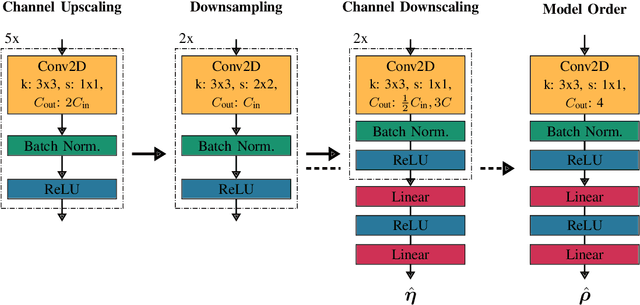
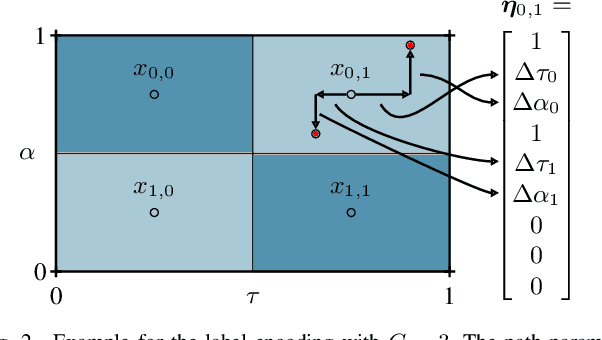

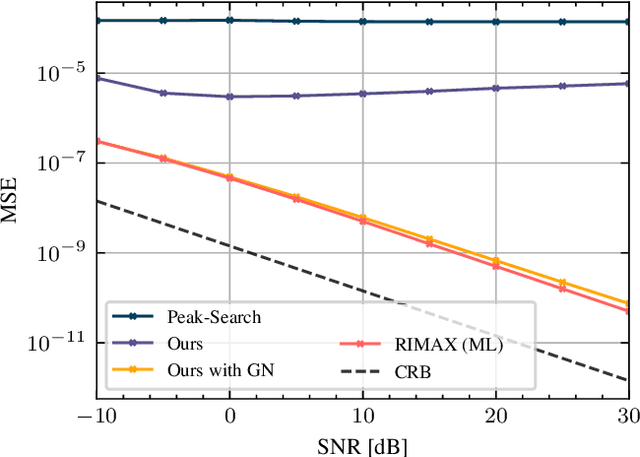
Abstract:This paper introduces a Deep Learning approach for signal parameter estimation in the context of wireless channel modeling. Our work is capable of multidimensional parameter estimation from a signal containing an unknown number of paths. The signal parameters are estimated relative to a predefined grid, providing quasi grid-free, hence, more accurate estimates than previous grid-limited approaches. It requires no prior knowledge of the number of paths, giving it an advantage in terms of complexity compared to existing solutions. Along with the description, we provide an initial performance analysis and a comparison with State-of-the-Art techniques and discuss future research directions.
Measurement Testbed for Radar and Emitter Localization of UAV at 3.75 GHz
Oct 13, 2022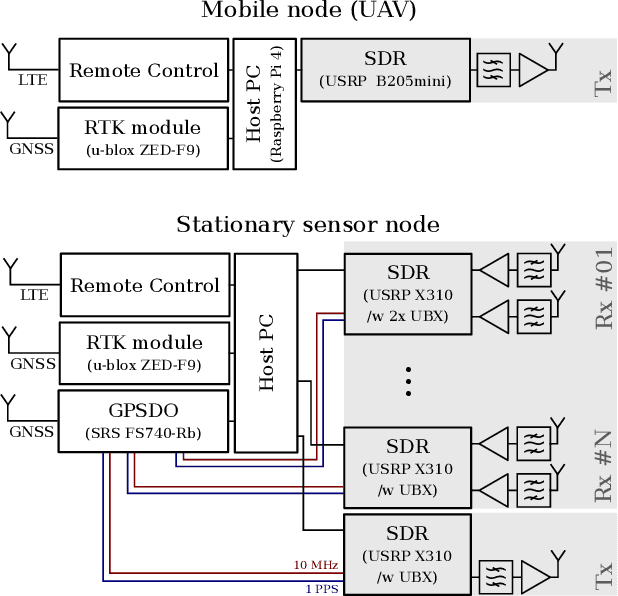
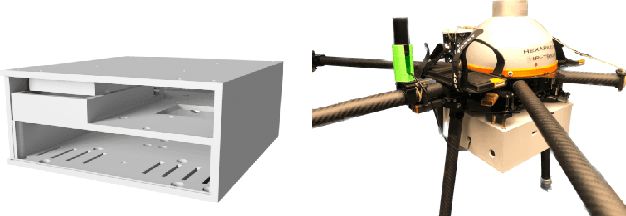
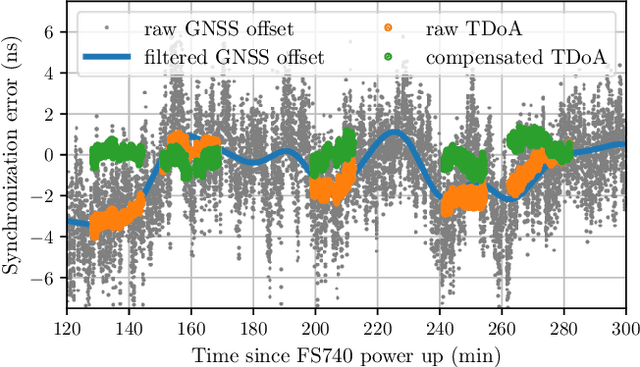
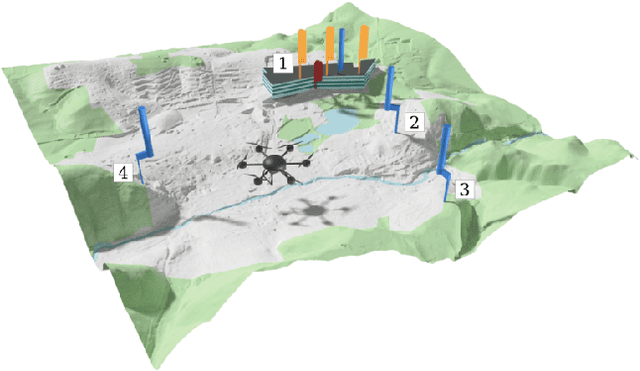
Abstract:This paper presents an experimental measurement platform for the research and development of unmanned aerial vehicles (UAVs) localization algorithms using radio emission and reflectivity. We propose a cost-effective, flexible testbed made from commercial off-the-shelf (COTS) devices to allow academic research regarding the upcoming integration of UAV surveillance in existing mobile radio networks in terms of integrated sensing and communication (ISAC). The system enables nanosecond-level synchronization accuracy and centimeter-level positioning accuracy for multiple distributed sensor nodes and a mobile UAV-mounted node. Results from a real-world measurement in a 16 km2 urban area demonstrate the system's performance with both emitter localization as well as with the radar setup.
 Add to Chrome
Add to Chrome Add to Firefox
Add to Firefox Add to Edge
Add to Edge